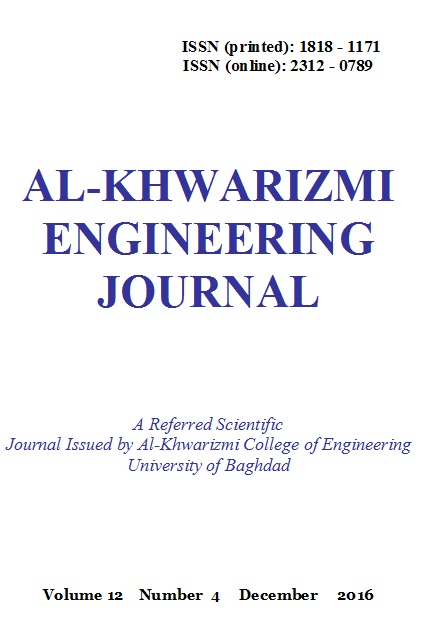Abstract
Many researchers consider Homogeneous Charge Compression Ignition (HCCI) engine mode as a promising alternative to combustion in Spark Ignition and Compression Ignition Engines. The HCCI engine runs on lean mixtures of fuel and air, and the combustion is produced from the fuel autoignition instead of ignited by a spark. This combustion mode was investigated in this paper. A variable compression ratio, spark ignition engine type TD110 was used in the experiments. The tested fuel was Iraqi conventional gasoline (ON=82).
The results showed that HCCI engine can run in very lean equivalence ratios. The brake specific fuel consumption was reduced about 28% compared with a spark ignition engine. The experimental tests showed that the emissions concentrations were reduced by 91.27% for NOx, 85.99% for CO, 78.91% for CO2, and 83.56% for unburned hydrocarbons compared to the SI engine. HCCI engine produced little noise with about 26.68% less than SI engine.
Copyright: Open Access authors retain the copyrights of their papers, and all open access articles are distributed under the terms of the Creative Commons Attribution License, which permits unrestricted use, distribution and reproduction in any medium, provided that the original work is properly cited. The use of general descriptive names, trade names, trademarks, and so forth in this publication, even if not specifically identified, does not imply that these names are not protected by the relevant laws and regulations. While the advice and information in this journal are believed to be true and accurate on the date of its going to press, neither the authors, the editors, nor the publisher can accept any legal responsibility for any errors or omissions that may be made. The publisher makes no warranty, express or implied, with respect to the material contained herein.





